November | 2021
An autonomous vehicle (Self driving, driverless car, or robo-car) is a vehicle that is capable of sensing its environment and moving safely with little or no human input. Sounds interesting Self-driving cars combine a variety of sensors to perceive their surroundings, such as radar, Light Detection and Ranging (LIDAR), sonar, Global Positioning System (GPS), odometer and inertial measurement units. Advanced control systems interpret sensory information to identify appropriate navigation paths, as well as obstacles and relevant signage. The continuing evolution of automotive technology aims to deliver greater safety benefits and automated driving systems (ADS) that one day can handle the whole task of driving independently without human intervention. Fully automated cars and trucks that drive us, instead of us driving them, will become a reality. These self-driving vehicles ultimately will integrate on to U.S. roadways by progressing through six levels of driver assistance technology advancements in the coming years. Possible implementations of the technology include personal self-driving vehicles, shared robotaxis, connected vehicle platoons and long-distance trucking. Several projects to develop fully self-driven commercial cars are in various stages of development.
Penetration and key opportunities mapping
Autonomous vehicles are a key innovation in the automotive industry; however, the potential impact with respect to the uptake remains indistinct. The development of supportive regulatory framework, government funding, and investment in digital infrastructure are expected to play a key role in positively impacting market growth. Growth across the mobility service sector may provide an impetus to the growth of the autonomous car market. North America is expected to witness significant growth owing to the amendment in the traffic regulation in the U.S. to incorporate autonomous cars on public roads.
The presence of several prominent Original Equipment Manufacturers (OEMs), such as General Motors, Ford Motor Corporation, and Tesla Motor Inc., is expected to boost regional growth.
Technical enablers of autonomous vehicles
Listed below are key technical enablers and the ways in which they will hasten the development of next generation of autonomous vehicles.
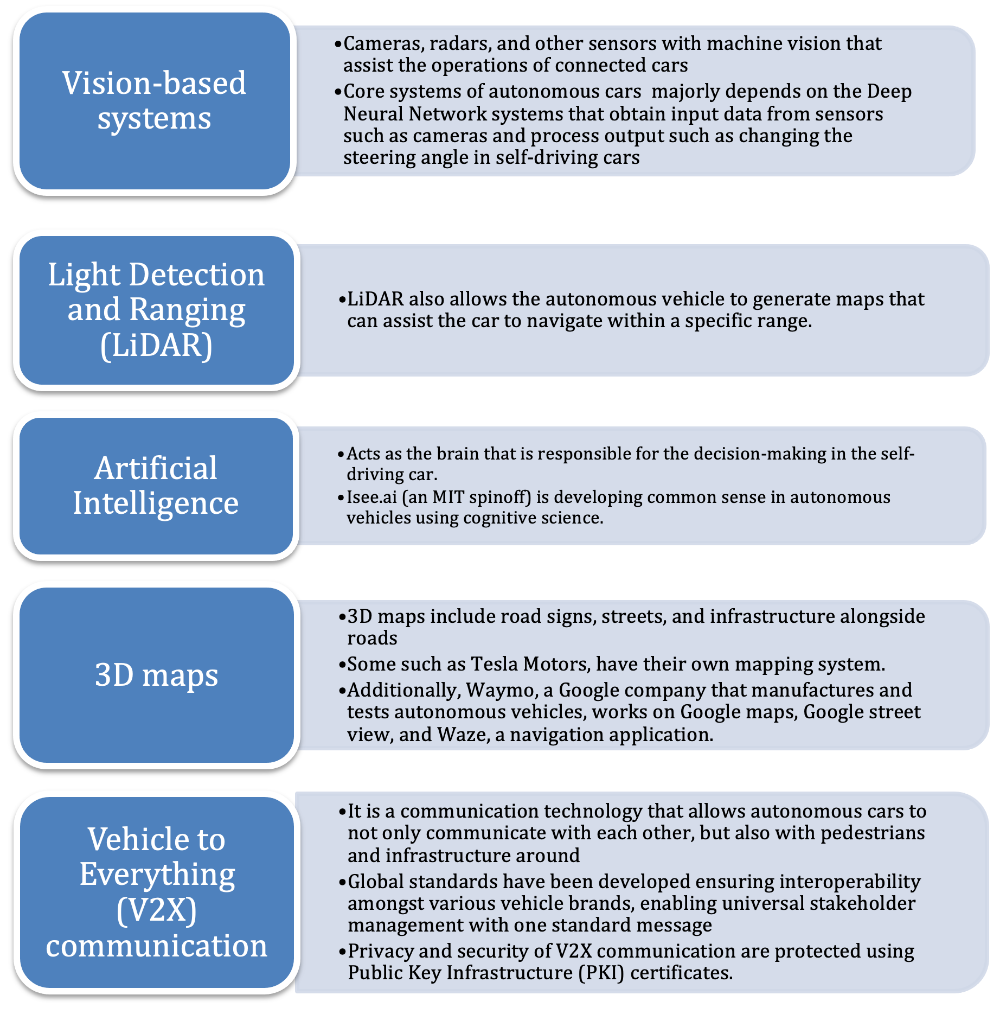
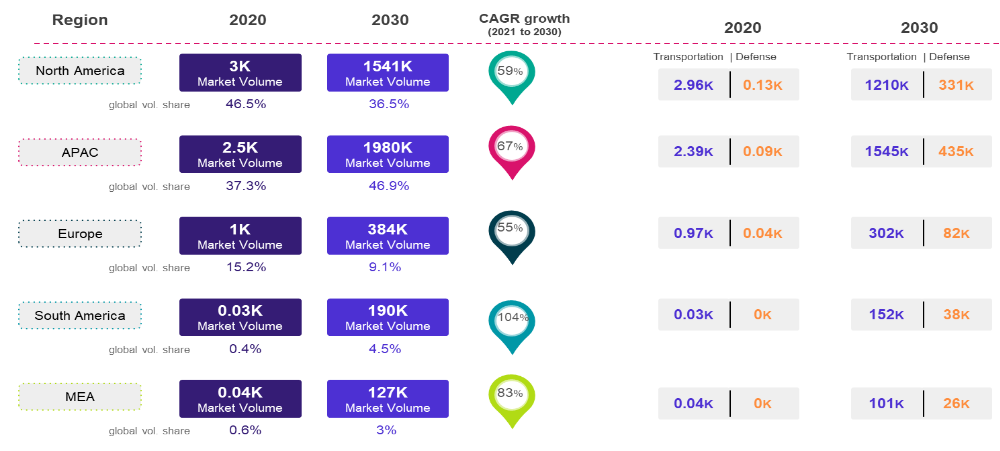
Figure 1: Regional estimates and trends of the uptake in autonomous vehicles
Market drivers
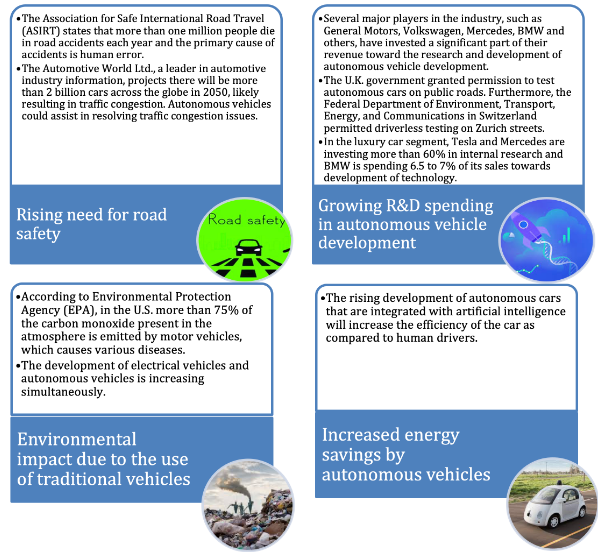
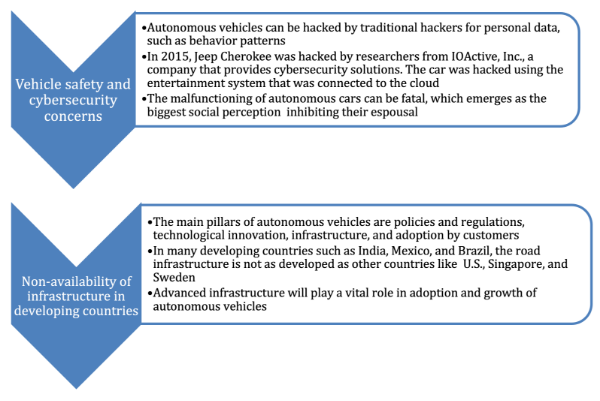
Market opportunities and challenges
Wipro’s capabilities
Key Projects executed by Wipro to improve established workflows
Wipro has undertaken many initiatives in managing and improving processes beyond the scope of work for our customers, irrespective of the type of business they are in. Quality tools like Lean and Six Sigma have been implemented after exploring and studying the VUCA processes and business situation. Phrasing the problem statement is key to implementing these tools and therefore, understanding the problem well is crucial to effective solution implementation. Volatility and uncertainty of such processes add to the stress and risk in the work culture. This stress brings an “unconscious bias” toward an earlier experience of a similar situation, challenging the efficacy of projects.
Automation opportunities and Lean initiatives are identified to ensure that the solution provided stays relevant with time. Projects executed by Wipro include:
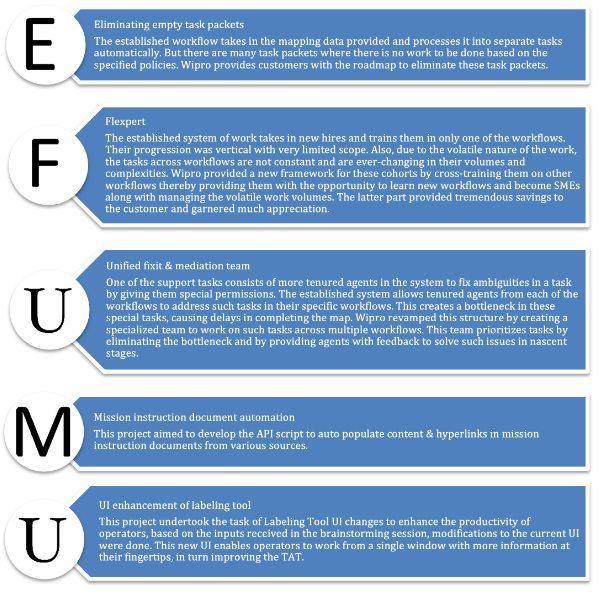
Establishing the right measurement system
It is important for any business to identify the right parameters to measure the present situation and plan their improvement journey ahead. Customers expect customized assistance in terms of establishing performance parameters along with analytical tools to understand the usage, patterns, process limitations and improvement areas.
Customer-established measurements for mapping provided targets for productivity and quality are based on the speed of completing a task by an agent, completing map updates of an area in given time and the errors found by the quality checker post the task promotion. While these metrics have been satisfactory in the past and have been achieved consistently by Wipro, we have identified gaps in measurement techniques which, if modified, could help our customer get the complete map of an area more efficiently. Wipro proposed anew metrics that was accepted by the customer, as more aspirational internal targets which concentrate on the total time and number of agents that work on a single task. By measuring and following these metrics we found more gaps to improve upon in the agent
Target setting for labeling tasks was very complex, since there were more than 10 different criteria to be considered. One such portion is Mission instruction document creation. A simple excel based automation tool was developed to reduce the efforts of the special Ops team and standardizing the output mission instruction document based on the input criteria.
Smart operations
Traction of performance is as important as setting benchmarks. Provisions have been made for a clear and real-time reflection of the actual performance of the operators. Wipro provides customers visibility on all facets of business along with intelligence to translate and present keen insights.
Wipro provides Business Analysts and Data Analysts to the ever-changing dynamic process, to observe accurate real time data. One of the main contributions by this team is to create live dashboards which will provide data of various workflows as and when required by clients. These dashboards are periodically updated with required changes and deeper data cuts, which helps the managers and leads to monitor performance and outputs.
Auto-generated emails showing daily performances and trends were also implemented by this team based on the inputs and suggestions from various stakeholders.
Wipro was able to provide all this using the infrastructure of the clients.
With more than 96 different label types and multiple policies that governs the use of these labels, labeling activity is a true VUCA (Volatility, Uncertainty, Complexity & Ambiguity). A special team (Special Operations Team – special Ops) was created. This team consists of tenured operators whose only objective is to find ways to simplify incoming missions and policies from the client. The special Ops team also sets labeling targets for the operations based on a sample of tasks worked by them in each mission.
Work breakdown
Since new business processes are complex and challenging to get trained into, a work breakdown approach is followed.
The workflow is broken down into major buckets based on the similarity of work instructions. Each of these buckets contains various task types corresponding to various features on the real-world roads. Wipro updates the policies and instructions for each city beforehand to make the agents ready and get them acquainted by communicating of these policies without any ambiguity. This information is gathered by the pre-scouting vehicles, that collect data of each new city before the mapping the region.
Training & skill assessment
Agents are cross-trained and up-skilled continuously based on the recommendations of their leads and managers. Vertical and horizontal progressions are provided to agents to become leads, quality checkers, shifting to complex workflows, shifting to support functions like quality, policy & training. These trainings not only provide opportunities for the agents but also improve their performance continuously making them better equipped to deal with complex scenarios.
In addition, frequent quizzes and refreshers are provided to test the agents on their alignment to policies (old & new) and help them to remember or learn the critical policies. The refresher process is standardized to help agents who are struggling and is gauged for effectiveness by checking pre and post metrics of relevant quality & productivity metrics. While the above approach looks more traditional, micro learning modules (quick 5-to-10-minute videos) were created for 90+ scenarios. These micro learning videos aim at reducing the time spent by operators on refresher courses/trainings
Wipro’s forthcoming services
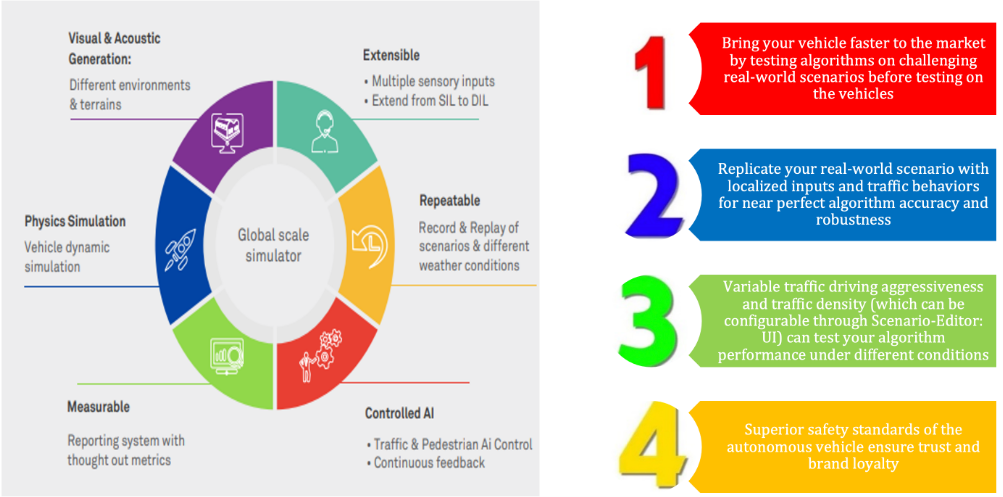
Figure 2: Wipro’s service set in the AI segment
Wipro’s driverless car simulator (also known as SDV in a box or self-driving car in a box) is a global scale simulator that could be used to test and validate the navigation algorithms of autonomous vehicles. This acts as a testing ground for the vehicle before being rolled out into the roads. The simulator is capable of taking the vehicle into its limits of operations by taking it through challenging real-life scenarios.
This system could also simulate multiple weather and day of time conditions and shows real time sensor data from cameras and LIDARs. The simulator is highly scalable and can be used in replicating specific world environments as well to test vehicles within such scenarios and conditions.
Conclusion
In today’s day and age Autonomous Vehicle industry is identified by its volatile, uncertain, complex and ambiguous (VUCA) nature. The inherent volatility, uncertainty, complexity and ambiguity in the current industry make it hard to predict and would need higher agility to adapt and evolve with need of the hour. Hence, we note the below
Areas of Opportunities that could be leveraged by Wipro are:
Penetrate Countries like UK, Germany, Sweden, Canada, Japan, Singapore & Australia, which have introduced regulations in favor of Autonomous vehicles already.
Devendra K. Lulla
Associate Vice President - Digital Operations & Platforms, Wipro
Devendra K. Lulla has about 16 years of service delivery experience in managing and leading the media, E-Commerce, telecom and technology outsourced business. Presently he leads one of the most prestigious businesses of Wipro’s Digital Operations & Platforms service
Varun Pratap
Manager (Process Excellence Team), iCORE - DOP, Wipro
Varun has overall experience of 11years in the service industry of which about 7 years is in process excellence, six sigma and lean. He has worked with leading OEMs, technology companies, helping them improve their processes. He is a Lean Six Sigma Black Belt certified professional from the Indian Statistical Institute, Hyderabad.
Radhe Shyam,
Assistant Manager (Process Excellence Team), iCORE - DOP, Wipro
Radhe Shyam has about one year’s experience in Process excellence, Six Sigma and Lean. He has worked with a leading autonomous vehicle partner for more than 10 months and has helped them improve their processes. He is an IIT Kharagpur alumnus.